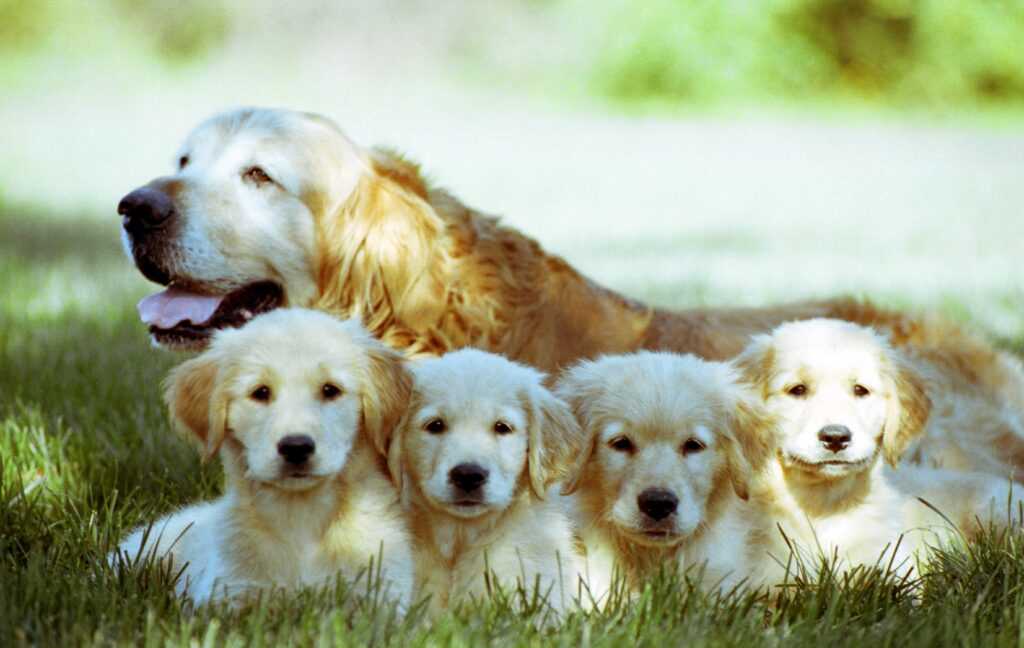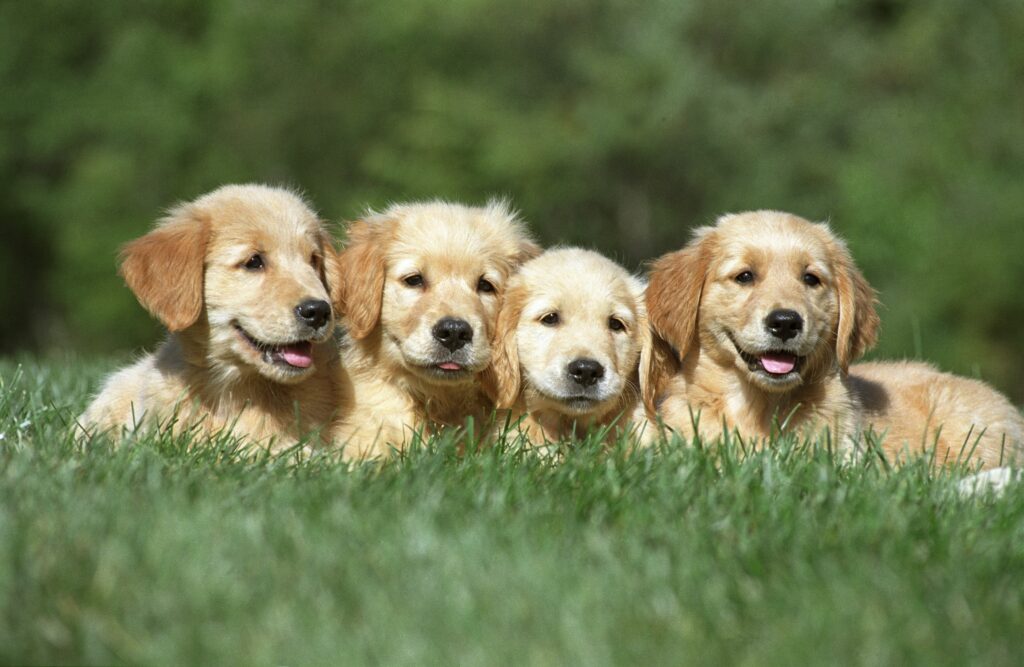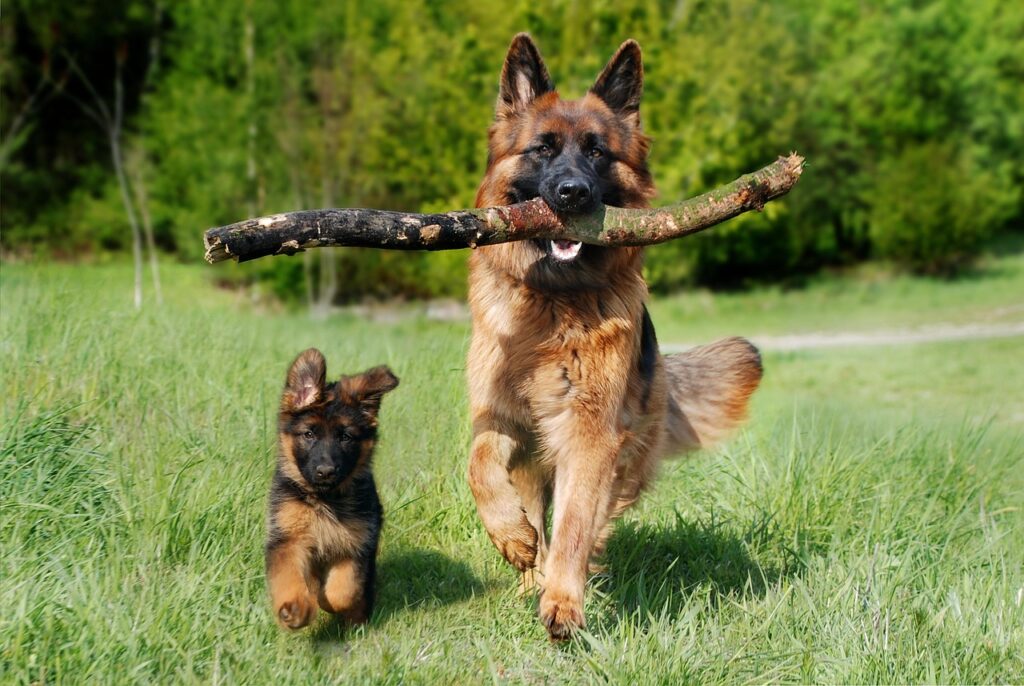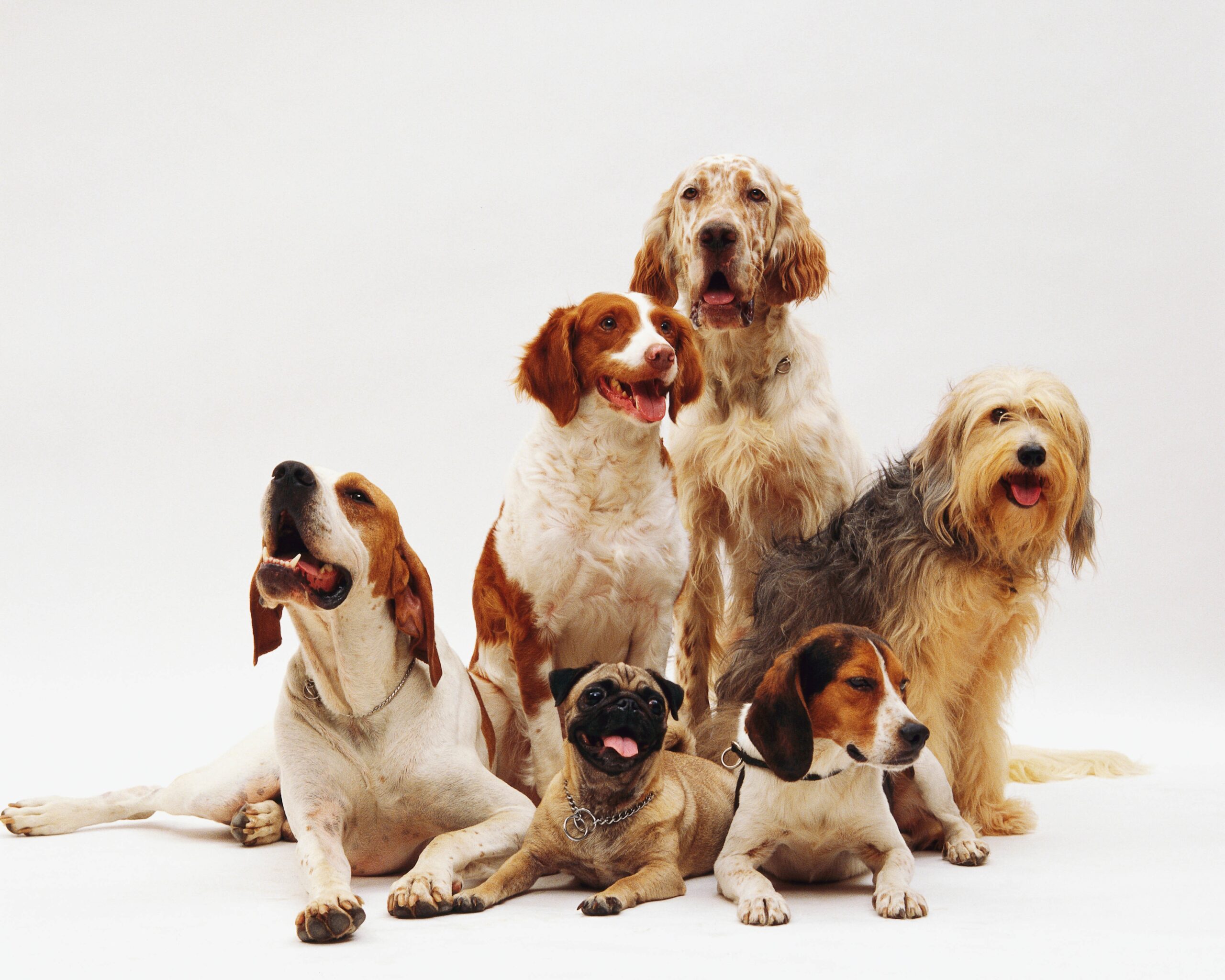Bringing a puppy into a home where a senior dog has lived peacefully for years can feel like adding a tornado to a calm garden. At first, it may seem chaotic — the senior dog might feel overwhelmed, and the puppy is often bursting with endless curiosity and energy. Yet, with patience, the senior dog and puppy adjustment journey can transform into one of the most beautiful phases of your dog family’s life.
This article will walk you step by step through the adjustment process, highlight the challenges, share practical solutions, and help you build a balanced environment where both the wise old dog and the playful puppy thrive together.

Why the Senior Dog and Puppy Adjustment Journey Matters
Many dog parents underestimate how big of a change this adjustment can be. For the senior dog, it may feel like their quiet world has been invaded. For the puppy, it’s a new adventure, but they don’t yet understand boundaries.
A smooth senior dog and puppy adjustment journey ensures:
- Reduced stress for the older dog.
- Positive learning for the puppy.
- Stronger bond between all family members.
- Harmonious home environment where both dogs feel secure.
This isn’t just about co-existence — it’s about helping two very different stages of life blend into one family story.
Understanding the Senior Dog’s Perspective
Senior dogs often:
- Prefer routine and calm.
- Have reduced energy levels.
- May face health issues like arthritis, hearing loss, or weaker vision.
- Can feel territorial or anxious when a new pet arrives.
Imagine being used to a quiet life, and suddenly a little ball of fur wants to chew your ears, steal your toys, and bounce on your back. That’s what your senior dog feels!
Signs of Stress in Senior Dogs
- Growling, barking, or snapping.
- Hiding or avoiding the puppy.
- Loss of appetite.
- Excessive sleeping or appearing depressed.
Recognizing these signs early is key to guiding the senior dog and puppy adjustment journey smoothly.
Understanding the Puppy’s Perspective
Puppies are the exact opposite:
- Full of energy and playfulness.
- Have little sense of boundaries.
- Curious about everything, including the senior dog’s tail, food, and bed.
- Need constant guidance and training.
The puppy doesn’t mean harm, but their enthusiasm can overwhelm the older dog. That’s why structured introductions and boundaries are essential.

The First Introduction: Setting the Tone
The way you introduce them sets the tone for the entire senior dog and puppy adjustment journey.
Steps for a Safe Introduction
- Neutral Territory – Choose a place outside the house for the first meeting (like a park). This prevents territorial aggression.
- Leash Control – Keep both dogs on leashes to maintain safety.
- Positive Reinforcement – Use treats and calm praise when they show polite behavior.
- Short Sessions – Keep the first meeting short and sweet, then separate them before tension builds.
- Repeat – Several calm, controlled meetings work better than one long stressful one.
Think of it as arranging a polite handshake rather than forcing an immediate friendship.
Daily Routines and Boundaries
Once the puppy comes home, routine becomes your best friend.
Feeding Time
- Feed them separately to prevent food guarding.
- Senior dogs may need special diets — keep their bowls apart.
Resting Areas
- Give the senior dog a quiet corner or bed where the puppy cannot disturb.
- Provide the puppy their own crate or playpen to encourage independence.
Playtime Rules
- Supervise all play until trust is established.
- Redirect the puppy if play becomes too rough.
By managing routines, you prevent conflict and allow both dogs to adjust at their own pace.
Training Tips for the Senior Dog and Puppy Adjustment Journey
Training is double-duty here. Not only are you teaching the puppy, but you’re also protecting the senior dog’s comfort.
Key Training Focus:
- “Leave it” command – Helps stop the puppy from bothering the senior.
- Crate training – Provides the puppy with a safe space.
- Short play-burst control – Teach the puppy to calm down after excitement.
A bonus? Senior dogs sometimes act as natural teachers. Puppies often mimic the older dog’s behavior, picking up house manners faster.
Emotional Bonding Between the Two
The goal of this senior dog and puppy adjustment journey is not just tolerance but friendship.
Ways to Build Bonding
- Walks Together – Walking side by side builds trust.
- Parallel Play – Let them chew separate toys in the same room.
- Shared Positive Experiences – Like treats after sitting calmly together.
Over time, the senior dog might even become a mentor — teaching the puppy when to calm down and how to respect boundaries.

Challenges You May Face
No journey is smooth without bumps. Here are common issues:
| Challenge | Why It Happens | Solution |
|---|---|---|
| Puppy too rough | Endless energy | Redirect with toys, supervise play |
| Senior growling | Feels invaded or tired | Respect space, give breaks |
| Food fights | Resource guarding | Separate feeding areas |
| Different energy levels | Puppy hyper, senior tired | Schedule play + rest balance |
| Training delays | Puppy distracted by senior | Keep sessions short & fun |
Patience is your strongest tool. Expect setbacks, but remember — adjustment takes time.
Supporting the Senior Dog’s Health
The senior dog and puppy adjustment journey isn’t only about behavior. Physical comfort plays a big role.
- Schedule vet checkups before bringing in a puppy.
- Provide joint supplements if needed.
- Ensure the older dog has easy access to quiet rest zones.
- Avoid overwhelming them with constant puppy energy.
A healthy senior adjusts better, making the journey smoother.
You May like – Why Is My Senior Dog Losing Weight But Still Eating? Complete Guide
Supporting the Puppy’s Development
At the same time, puppies need proper training and guidance to grow into well-mannered companions.
- Early socialization with humans and other dogs.
- Gentle correction when they invade the senior’s space.
- Plenty of exercise to burn off energy before meeting the senior.
- Consistency in training commands.
Balanced attention ensures the puppy learns respect while staying playful and happy.
How Long Does the Adjustment Take?
Every home is different. Some senior dogs warm up to puppies in a week, while others take months.
Factors include:
- Age and health of the senior dog.
- Puppy’s temperament.
- Training consistency.
- Household environment.
The key is patience. Never rush the process. The senior dog and puppy adjustment journey is more marathon than sprint.

Real-Life Stories
Many dog parents share how hesitant their senior was at first — growling, avoiding, or ignoring the puppy. But after weeks of gentle introductions and positive reinforcement, they noticed a shift. The senior began teaching the puppy manners, playing short games, and sometimes even snuggling.
Hearing such success stories is proof that while the adjustment is challenging, it often blossoms into a lifelong friendship.
Tips for Success
- Respect both dogs’ needs.
- Never force interaction.
- Reward calm behavior.
- Supervise play until trust is clear.
- Give equal love and attention to both.
Final Thoughts
The senior dog and puppy adjustment journey may start with chaos but often ends with harmony. The senior dog provides wisdom, while the puppy brings joy and new life into the home. Together, they create a balance that enriches your family.
Patience, structure, and empathy are your guiding lights. With time, what begins as a challenge turns into one of the most heartwarming relationships you’ll ever witness.
Frequently Asked Questions About the Senior Dog and Puppy Adjustment Journey
Can senior dogs accept puppies?
Yes. With patience, most seniors adapt to the senior dog and puppy adjustment journey.
How long does it take?
Usually 1–6 months. Every senior dog and puppy adjustment journey is unique.
What if my senior growls?
It’s normal boundary-setting. Growling during the adjustment journey helps puppies learn respect.
Can a puppy make a senior feel young again?
Yes! Often the senior dog and puppy adjustment journey brings joy and stimulation to older pets.
.
Share To Help